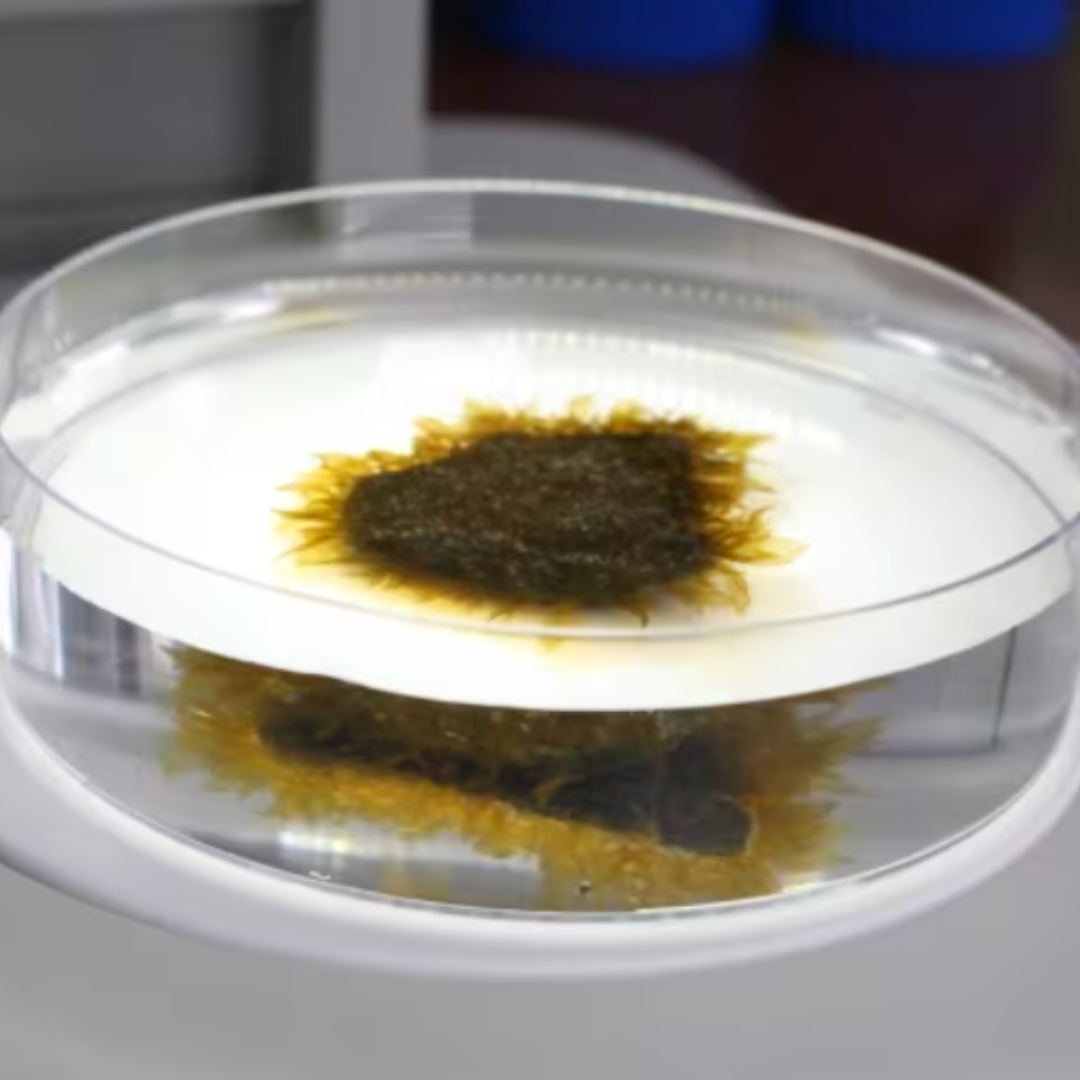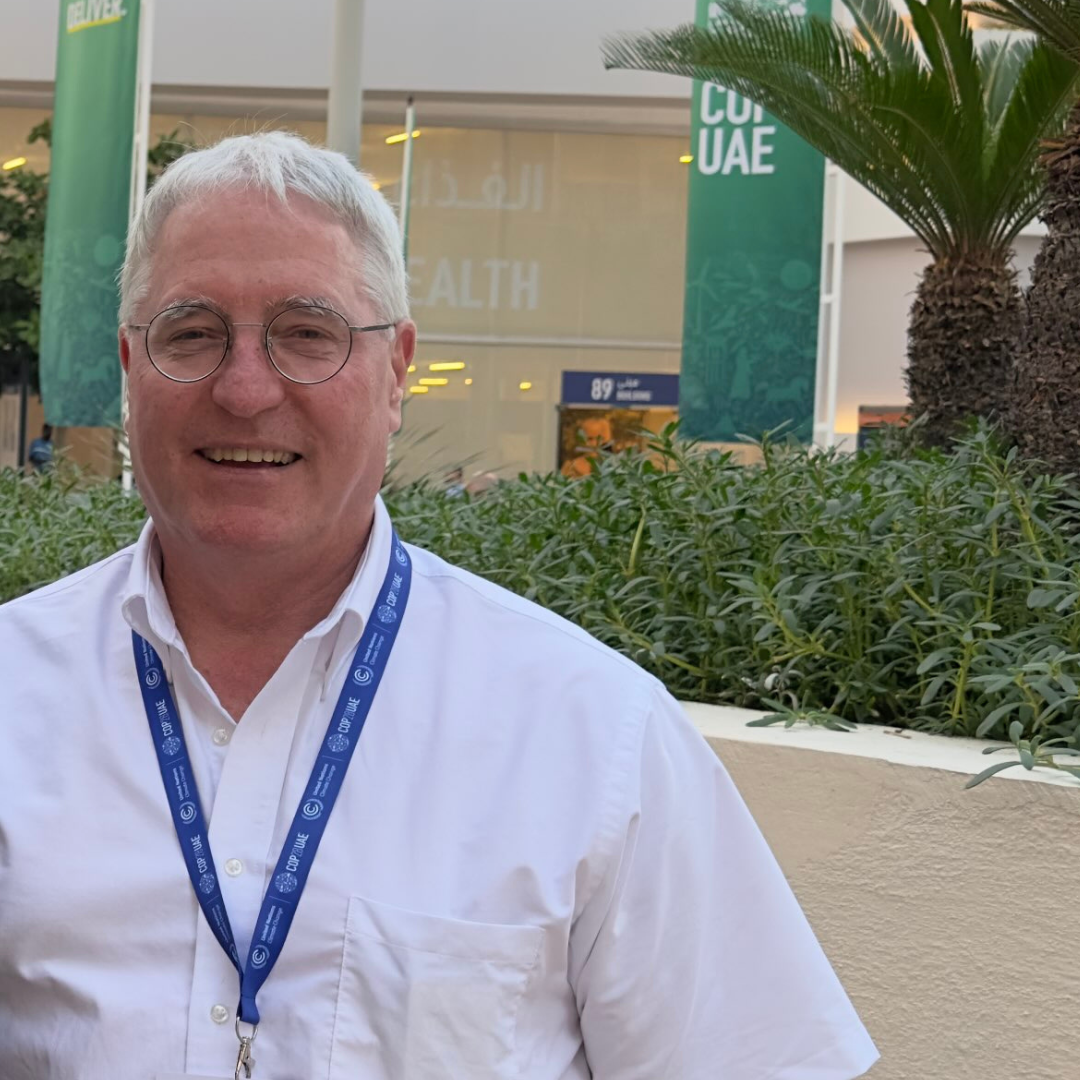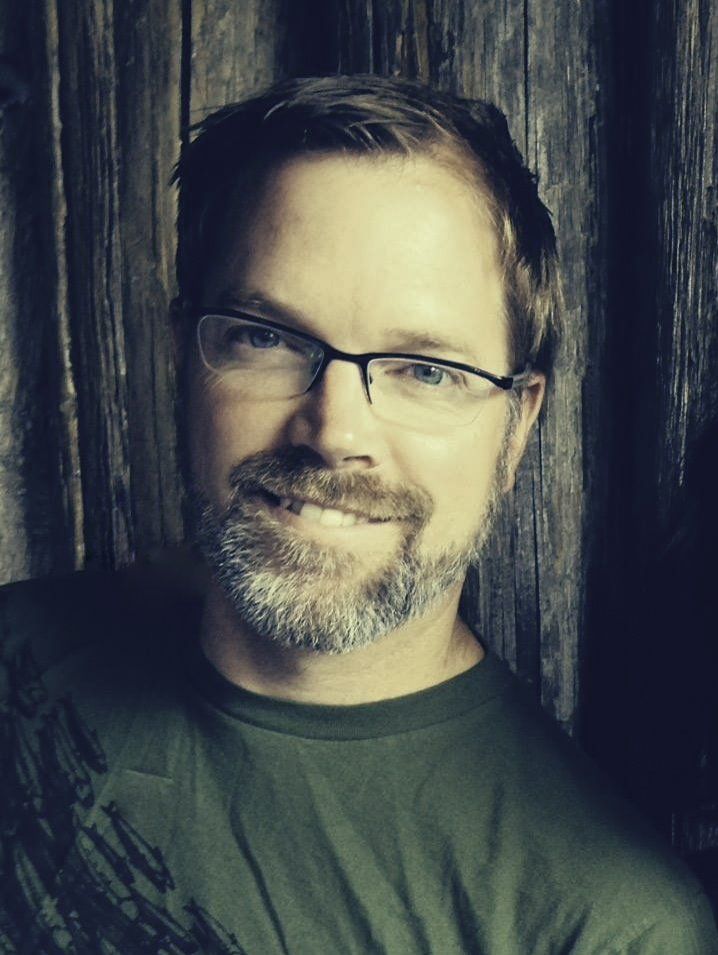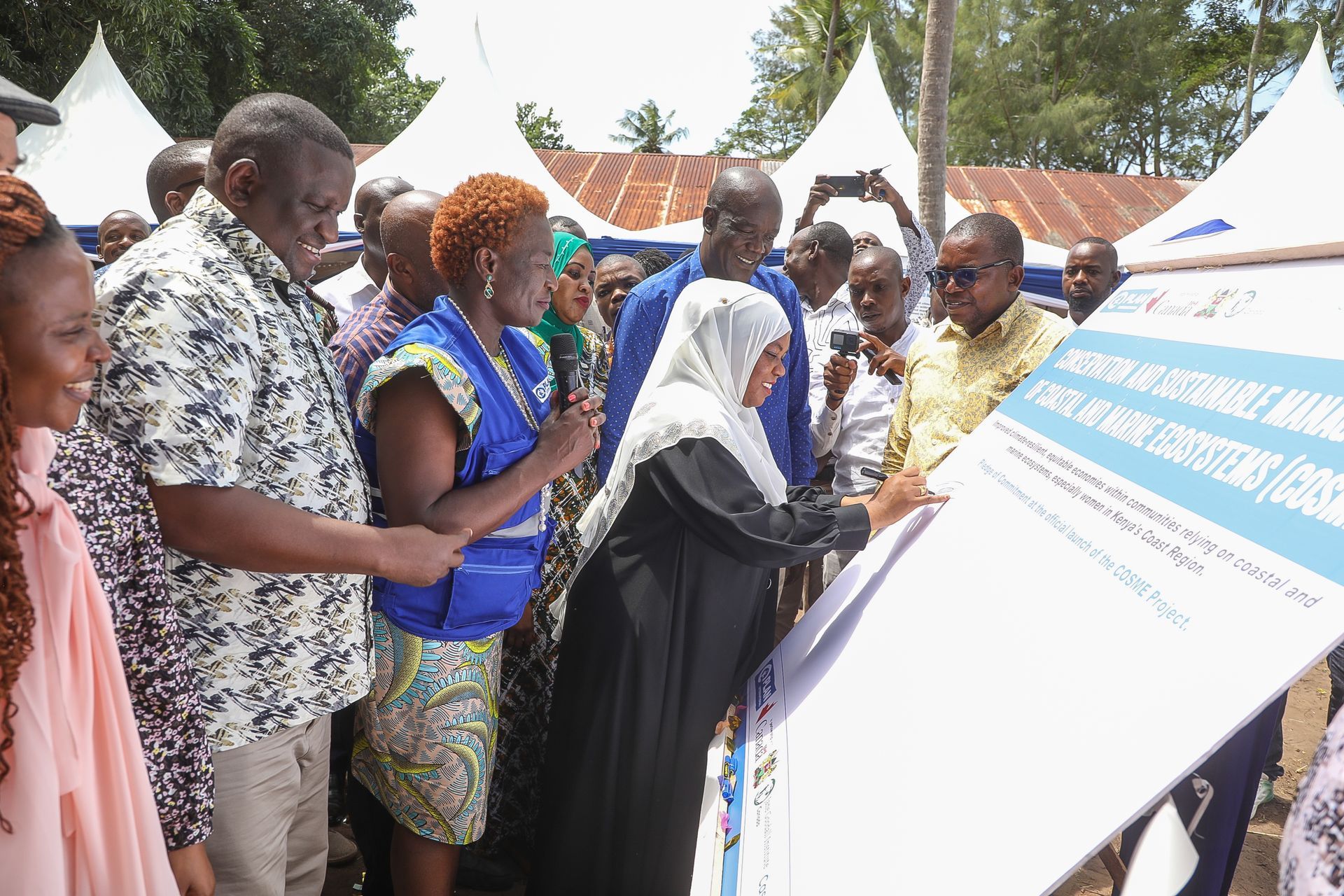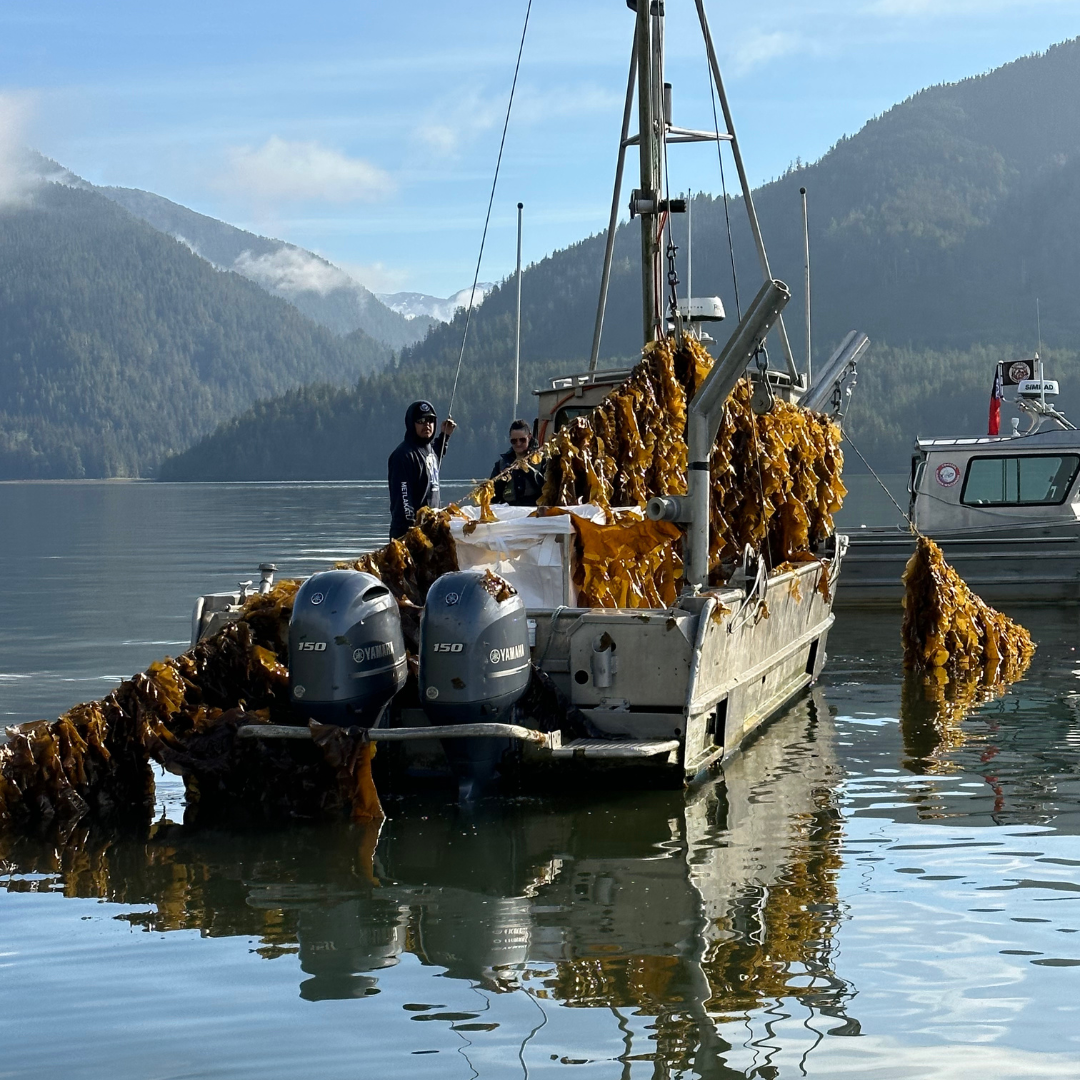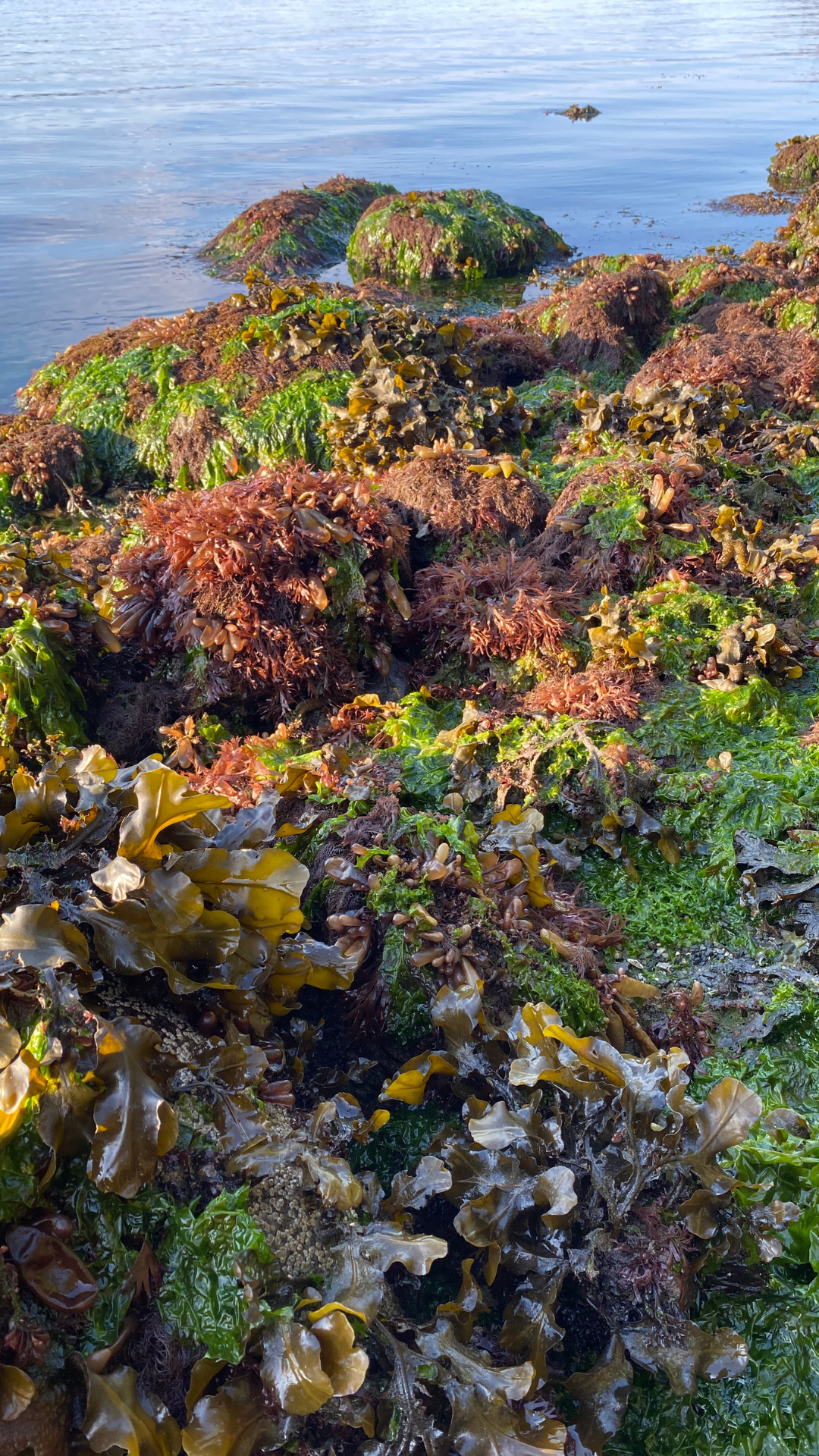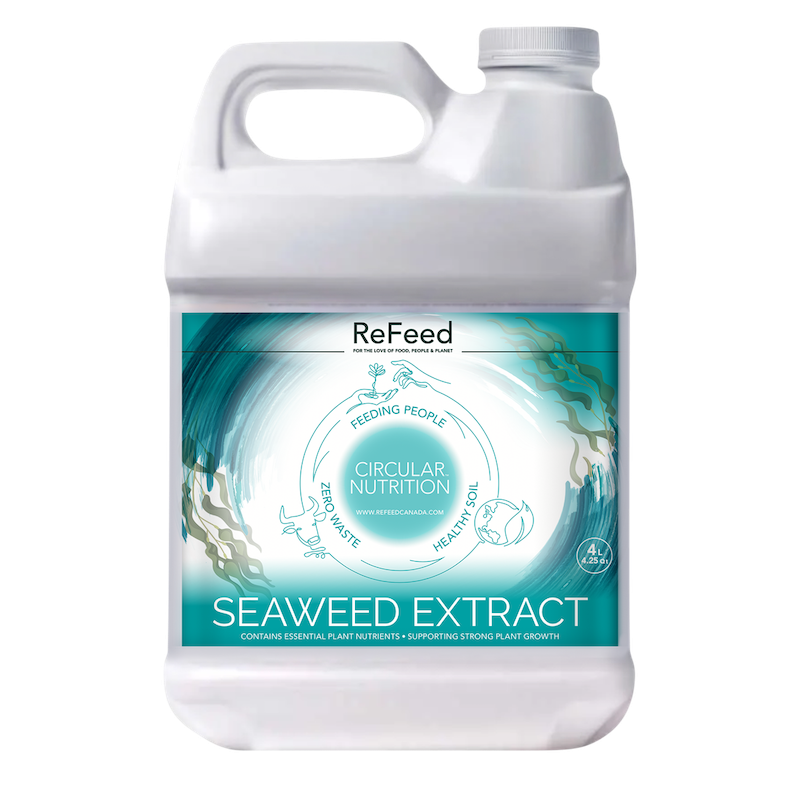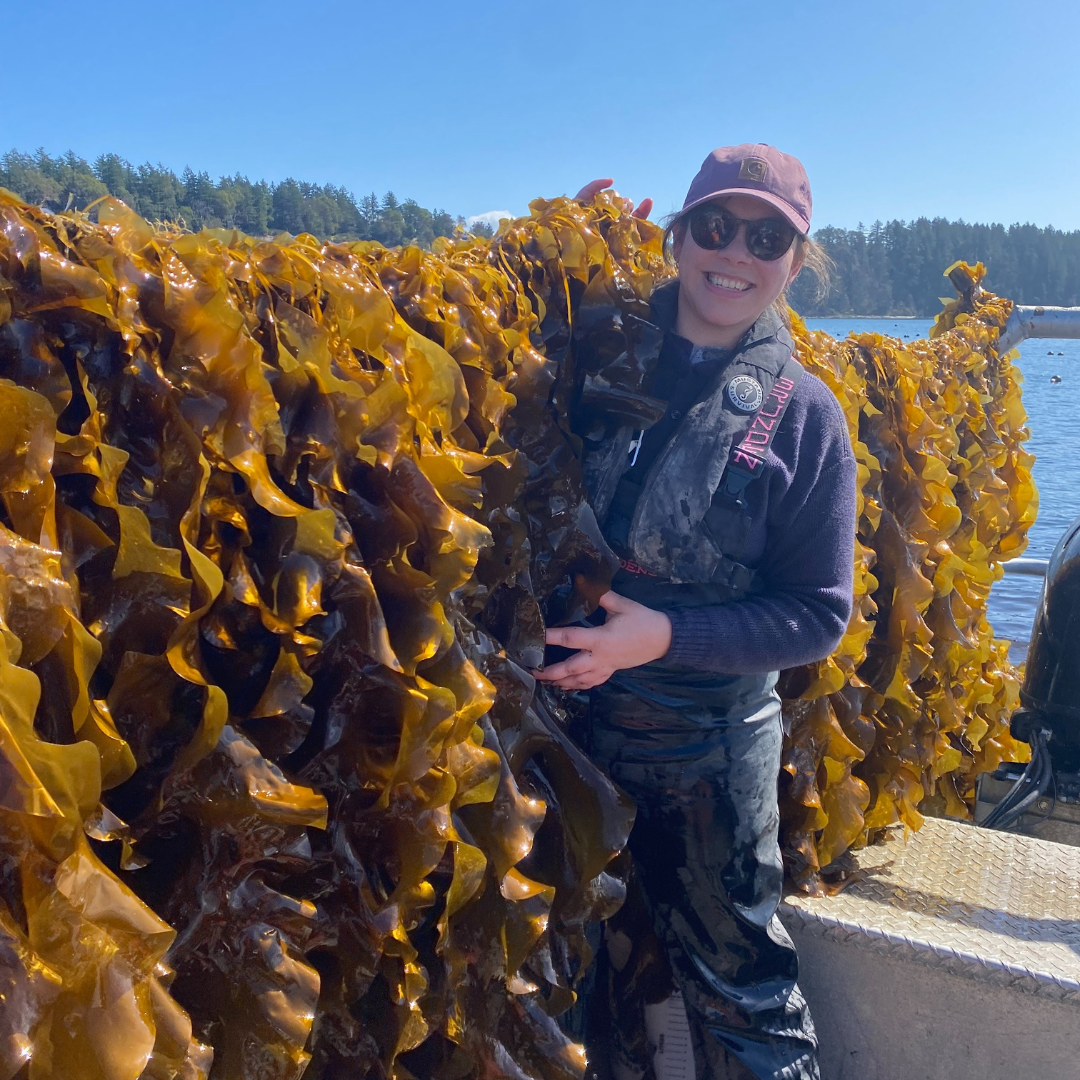At Cascadia Seaweed, we cultivate local species of seaweed and manufacture products for crop and cattle farmers.
Having the right people for any job is a critical success factor.
Cascadia is no different. When Mike and Bill, two veterans of the business of ocean science and engineering got together, their experience suggested that additional wisdom was necessary. Subsequently two more experts entered the picture. One with a background in deployment of equipment in and on the ocean and the other with the knowledge to grow greens in the water.
Chairman and founding partner
Bill was born in and schooled in St. John's, Newfoundland. He education started on the track in forestry because he spent his youth either in the woods or on the water. Bill graduated with a degree in Geology from Memorial University. During university Bill made extra money on the side by staking claims for mineral exploration. His first real job in geology was exploring for Platinum on The Labrador. His passion remained on the water and it was luck that a small research institute was hiring. Bill joined the Centre for Cold Ocean Engineering at Memorial University and spent the next 5 years studying sediment stability on the Grand Banks and Labrador Sea. Whether it was diving in a submersible in 1600 metres of water or climbing on an iceberg to take its temperature Bill brought innovation to his job. It could be said the entrepreneur was showing.
Never one to miss a beat, within two years of getting married and having two beautiful children, Bill seized the opportunity to sell everything and take a position as marine geologist with the South Pacific Applied Geoscience Commission or SOPAC as it was known. Bill changed geological gears from investigating the interaction of icebergs and the sea floor to studying the effects of coastal development on coral reefs. This work also provided the data which Bill ultimately delivered as a masters thesis. At the end of his 2-year contract in the South Pacific and gaining an understanding of international science, Bill took the leap and moved into "big science" and took a position as the Canadian representative in the planning office of The International Ocean Drilling Program. This multinational science program was the precursor of the organization that discovered plate tectonics. Its goal was to take core samples and perform downhole experiments to gain a better understanding of the Earth's crust and the processes that give the planet it's unique geological setting. Bill never wanted to be far from the ocean and this new position at the University of Washington in Seattle meant he could try out the West Coast of North America.
When Canada's rotation in that office finished, Bill was offered a job at Columbia University and could have stayed in the organization. However, aging in-law's and a yearning to get back to Canada afforded Bill the opportunity to move to southern Vancouver Island. The move also provided the opportunity to exploit Bill's passion for business. Bill passed up the option to do a PhD at the University of Victoria and instead joined the firm of Quester Tangent as an application scientist. Quester had completed prototype of a new sonar device and needed someone to take it to market. The QTC View as it was known was a shoe-box sized piece of electronic equipment that attached to a standard echo sounder (a.k.a. Fathometer) but instead of measuring only water depth, the device also detected the type of sea floor sediment that sat below the boat. The implications of the successful deployment of this device were huge because it could turn any echo sounder into a platform for seafloor geological mapping. Bill spent the next 15 years travelling the world's oceans teaching, mapping and collaborating on scientific papers all in an effort to establish the technology as a bona fide remote sensing tool. The effort was successful with sales of in 42 countries including 17 navies. The success also provided the platform for Bill to move into corporate management and over that time he moved from into positions including Product Manager and Vice-President.
Bill and the management team at Quester Tangent had the opportunity to buy out the remaining founders and became one of three owners. The company had two major business areas transit electronics and marine mapping systems. With the train business steadily growing and the marine business slowing down the company decided to sell the marine division and was then left with a laser focus on expanding its passenger rail vehicle business. By the end of the 2000's Quester Tangent grew to be one of the largest independent suppliers of rail vehicle electronics in North America. A succession plan was successfully executed and Bill eventually moved from an operational role in the corporation to become Chairman. A position he holds today.
Chief Executive Officer and Founding Partner
Mike Williamson grew up initially in Dartmouth, Nova Scotia and spent many summer holidays on the beach in PEI. Following high school in Saskatoon, Mike spent a year at Royal Roads Military College, and then switched to the Naval Reserves, and finished his Science degree at St. Mary’s University in Halifax. After earning his degree, he spent a year, backpacking around the globe, in the early 80’s. It was a great time to see the world. When he returned to Canada, his initial career was in software, and although the industry was just taking off, he decided a career writing code was not to be and Mike turned around and re-joined the Navy as a Combat Systems Engineer
Mike had a rewarding 30-year career in the Navy. He started as a sub-mariner and learned the ropes underwater. Mike had a variety of sea-going, shore based and overseas postings, including time in the UK leading the Navy’s purchase of the Victoria class submarines. During his time at NDHQ in Ottawa, he completed an MBA. The highlight of Mike’s career was probably as Commander of CFB Esquimalt, Canada’s west coast naval base. Mike’s remit spanned vast real-estate from Masset in Haida Gwaii east to the communications detachment in Aldergrove and south to Rocky Point near Sooke. Mike had 12,000 acres under his command, 1,600 buildings and 2,000 employees, both military and civilian. He also worked in partnership with many First Nations upon whose territory the military installations were situated. It was within this setting that Mike honed his leadership skills which he carries into Cascadia Seaweed.
Following his navy career Mike was drawn towards entrepreneurship. This led him to participate in a number of ventures including shipbuilding and hydrocarbon processing. Of particular interest was Mike’s senior position with the Artisanal Gold Council which brought him to many countries, including developing nations, in the promotion of best practice in sustainable gold mining.
Aspects of Mike’s career including leadership, critical thinking and organizational strategies led him to join Cascadia Seaweed, and its mission of growing to be one of North America’s largest seaweed companies. Of course, and perhaps most fitting, being on the waters of the West Coast and exercising a passion for supporting coastal communities and their peoples has added to the outcomes of this endeavour.
Chief Operating Officer
Tony Ethier started his journey to the west coast from Alberta with the aspirations to become the next Jacques Cousteau and start his own fish farm but began by enrolling in the Marine Science program at the University of Victoria. His mettle was soon tested by his future father-in-law: a test of character as a son-in-law prospect; and a test of whether I could “cut the mustard” as crew on his commercial trawler up on the Central Coast of BC…it appears he passed on both counts. Working on the boats matured you quickly to become self-reliant, motivated and to develop a keen sense of responsibility. Tony finished up his University program with a three-month graduate level set of courses in Marine Biology at the Bamfield Marine Station (near Cascadia’s first Seaweed tenures).
Tony was hired directly out of University by an early incarnation of the company “Seakem Oceanography” near its inception as one of only 14 full time staff including the 4 original principals. Tony started as a newly minted marine scientist working on numerous environmental projects in Canada’s Western arctic during the hay day of the offshore oil bonanza out of Tuktoyatuk. They were doing biological sampling and diving programs to determine the recolonization rates of marine benthic communities for the artificial island gravel-borrow pits. Being handy on boats, learning new technology and having a penchant for organizing operations led Tony to become involved in physical oceanography programs. This required the understanding of how to design and build mooring systems to secure instruments in the ocean to measure that environment and how to get them deployed off a myriad of differently configured vessels.
Tony's responsibilities grew as did the company, taking a management and technical roll in the newly staffed office “Atlantic Oceanics” and moving to Halifax in 1984 with his family. His role back East was to manage staffing and equipment/instrumentation/mooring needs for our offshore oil and gas physical oceanography projects off Newfoundland (Hibernia) and Nova Scotia (Sable Island).
A slump in oil prices shut the office and precipitated a move back to the West Coast in 1987 to take over management of a new AXYS division “Seastar Instruments” to manufacture oceanographic instruments. The manufacturing operations had two product lines: Acoustic Release/Transponders and the INFILTREX trace organic sampling device for aqueous contaminants. This role solidified Tony's experience in engineering design, “Bills of Materials”, day to day staff scheduling, procurement/ inventory/cost control, fabrication QA/QC, testing and delivery schedules/demands.
After 1994, his career advanced steadily taking more senior roles first in AXYS Environmental Consulting and then transferred to AXYS Technologies (a result of the sale of AXYS Environmental Consulting division) as senior management. Through this period he grew the group of technologists and support staff to provide front line support for all AXYS marine monitoring systems for commissioning, training and post sales needs globally.
In 2016 Tony took the decision to retire from day to day operations. Since then, he has worked with the company to manage this change, aligning our services and support our operations globally for the emerging Offshore Renewable Wind Energy market. His efforts to date have expedited approvals of many new mooring designs by international reviewers and resulted in >$300K in operations costs, HR strategies to hire new technical staff, and more.
Tony's next challenges are now as COO for Cascadia Seaweed, where he brings close to 40 years marine experience to optimize farm infrastructure design and organize all the marine operations required from installation to harvest.

C - 9774 Third Street Sidney British Columbia V8L 3A4
Email: info@cascadiaseaweed.com
Phone: 1-778-351-4484

9774 - C Third Street Sidney British Columbia V8L 3A4
Email: info@cascadiaseaweed.com
Phone: 1-778-351-4484




